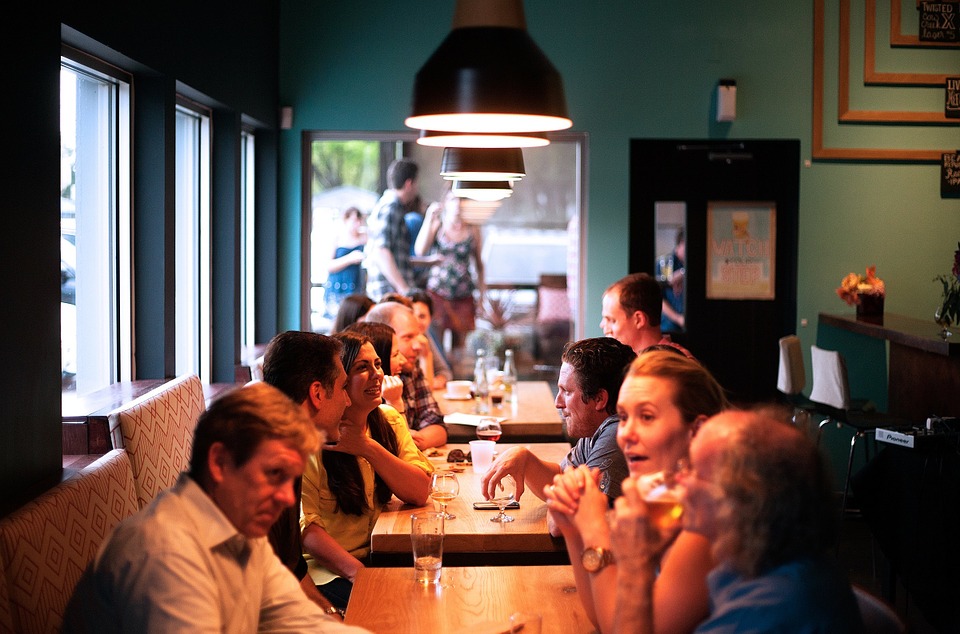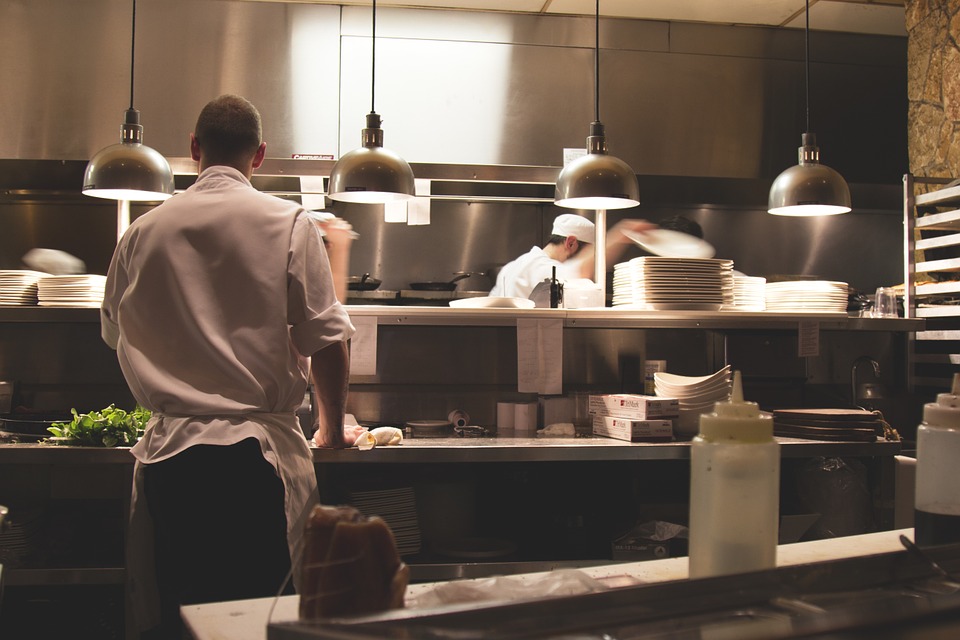
The Rise of Asian Fusion Cuisine in Contemporary Dining
World-renowned chef Wolfgang Puck was one of the first to experiment with Asian fusion cuisine back in the 1980s. The term describes what happens when chefs bring together dishes in the traditional Chinese style with those more popular in European countries and Western nations like the United States and Canada. Mashed potatoes with wasabi and Chinese chicken salad were some of the earliest Asian fusion dishes.
Asian fusion cuisine has become much more creative and widespread over time. Today it includes combinations such as Asian and Latin dishes and Asian and Korean dishes. The practice can also include bring together two distinct tastes from different aspects of Asian culture. Hong Kong cuisine is a prime example of this. Japanese sushi also enjoyed an increase in popularity after the Asian fusion revolution more than three decades ago.
While the cooking style seemed to fall out of favor in the early 2000s, it has once again become very popular in the United States. Diners can now find Asian fusion style cooking everywhere from the fanciest sit-down restaurant to a food court at the mall offering customers the opportunity to experiment with meats, vegetables, and toppings from multiple countries by placing them inside of a wrap.
Examples of Current Asian Fusion Cuisine
Z & Y Restaurant, an authentic Chinatown favorite, recently earned a review on the Nomastic Foods website for the many varieties of Asian fusion cuisine that it offers. Some of the highlights of the article include:
- Lanzhou ramen: Most people think of Japanese culture when they eat a meal containing ramen noodles. However, the Chinese have perfected a noodle dish known as Lanzhou ramen or hand-stretched noodles to something that will completely change diner expectations when it comes to eating a bowl of noodles. The dish is made with bone broth soup and has a strong and unique beef flavor.
- Mapo Tofu: This dish has a spiciness to it that Americans might not be accustomed to if they have not eaten much Asian food. Tofu, peppercorns, and sauce make up the majority of mapo tofu.
- Seafood hot pot: The seafood hot pot is ideal for diners with a big appetite. It includes several different types of seafood, including clams, crab, and shrimp, as well as vegetables that include enoki and bok choi mushrooms.
- Spicy dumplings: Z & Y’s spicy dumplings contain pork on the inside and dough of just the right thickness on the outside. The result is a bite-sized treat that produces a flavor explosion in the mouth.
- Yakitori: Most Americans have eaten meat on a stick at some point in their lives. Asian cooks make a much more interesting kabob called a yakitori than can include asparagus beef, bacon-wrapped shrimp, chicken thighs with leek, and numerous other combinations. Saltiness is the predominant flavor with yakitori and it goes great with Japanese beer.
The possibilities are nearly endless when it comes to Asian fusion cooking. Trying as many dishes as possible would be a fun item for the bucket list.
- Restaurant Germs: Improving Cleaning Practices For Commonly Contaminated Surfaces - April 15, 2024
- Fabulous Baby Shower Ideas to Try Soon - May 16, 2023
- Raw Manuka Honey Auckland New Zealand - March 10, 2023



